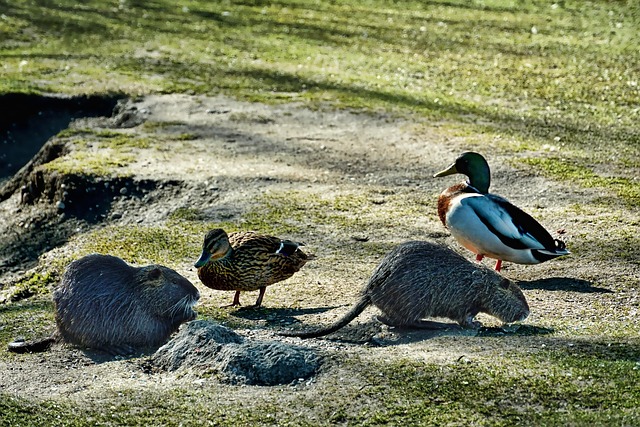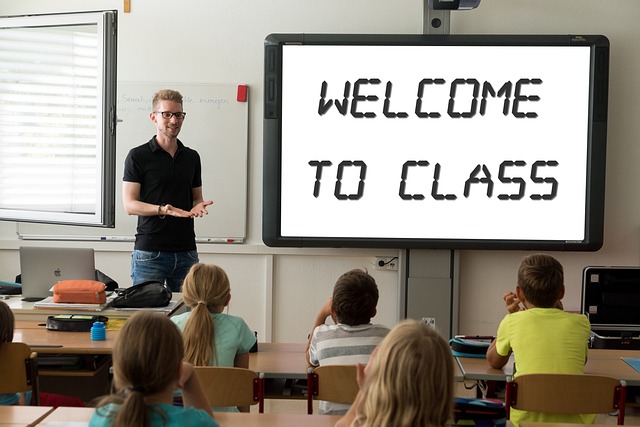
Names of Popes Since 1940
Introduction
The papacy has a long and complex history, with numerous leaders guiding the Catholic Church through various challenges and changes. Since 1940, the Catholic Church has seen a series of popes, each contributing to the Church's direction and influence in the world. This article provides a comprehensive list of the popes who have served since that time, along with brief insights into their papacies.
Popes Since 1940
- Pope Pius XII (1939-1958) - Pius XII was pope during World War II and is known for his efforts to maintain neutrality while addressing the humanitarian crises that arose during the conflict. His papacy also focused on the modernization of the Church and the promotion of social justice.
- Pope John XXIII (1958-1963) - John XXIII is celebrated for initiating the Second Vatican Council, which aimed to address relations between the Catholic Church and the modern world. His approach was characterized by openness and a desire for reform.
- Pope Paul VI (1963-1978) - Paul VI continued the work of the Second Vatican Council, emphasizing ecumenism and the Church's role in contemporary society. He is also known for his encyclical "Humanae Vitae," which addressed issues of contraception and family life.
- Pope John Paul I (1978) - John Paul I had a brief papacy lasting only 33 days. His sudden death shocked the world, but he was known for his warmth and commitment to pastoral care.
- Pope John Paul II (1978-2005) - One of the most influential popes in modern history, John Paul II was a vocal advocate for human rights and played a significant role in the fall of communism in Eastern Europe. His travels and outreach efforts helped to strengthen the global Catholic community.
- Pope Benedict XVI (2005-2013) - Benedict XVI focused on the need for a return to traditional values and was known for his theological writings. His resignation in 2013 was unprecedented in modern times, marking a significant moment in Church history.
- Pope Francis (2013-present) - The current pope, Francis, is noted for his emphasis on humility, social justice, and environmental issues. He has sought to reform the Church's governance and address various scandals, aiming to make the Church more inclusive and accessible.
Conclusion
Since 1940, the Catholic Church has experienced significant changes under the leadership of these seven popes. Each has left a unique mark on the Church and its followers, navigating the complexities of modern society while maintaining the core tenets of Catholicism. Understanding the contributions of these popes provides insight into the evolving nature of the Catholic Church and its role in the world today.

















 Unlocking the Secrets of Your Ride with VIN!
Unlocking the Secrets of Your Ride with VIN! 
 Health
Health  Fitness
Fitness  Lifestyle
Lifestyle  Tech
Tech  Travel
Travel  Food
Food  Education
Education  Parenting
Parenting  Career & Work
Career & Work  Hobbies
Hobbies  Wellness
Wellness  Beauty
Beauty  Cars
Cars  Art
Art  Science
Science  Culture
Culture  Books
Books  Music
Music  Movies
Movies  Gaming
Gaming  Sports
Sports  Nature
Nature  Home & Garden
Home & Garden  Business & Finance
Business & Finance  Relationships
Relationships  Pets
Pets  Shopping
Shopping  Mindset & Inspiration
Mindset & Inspiration  Environment
Environment  Gadgets
Gadgets  Politics
Politics 